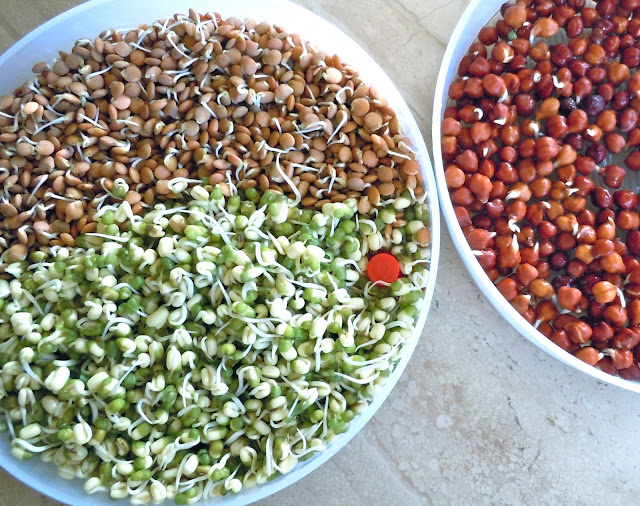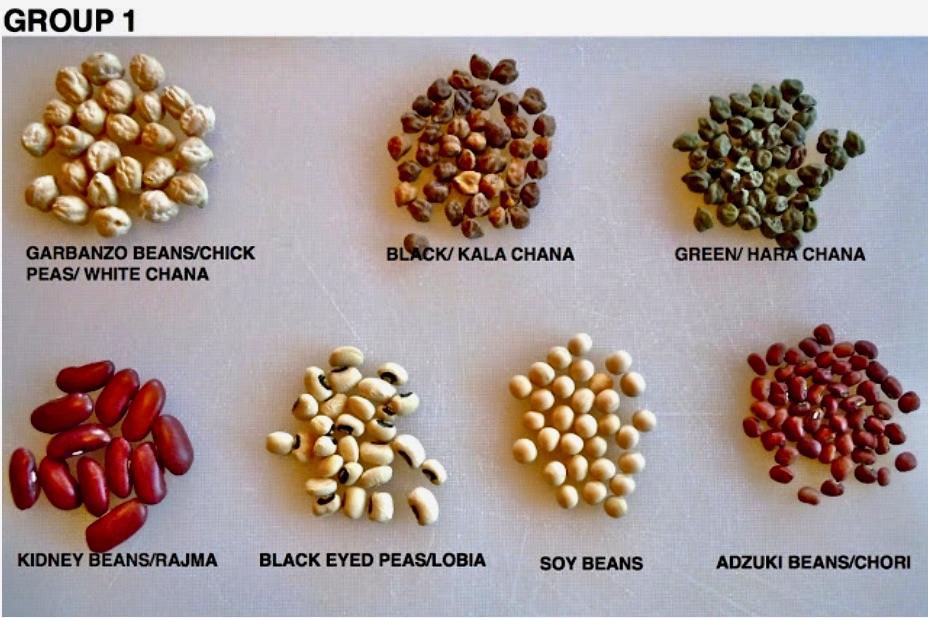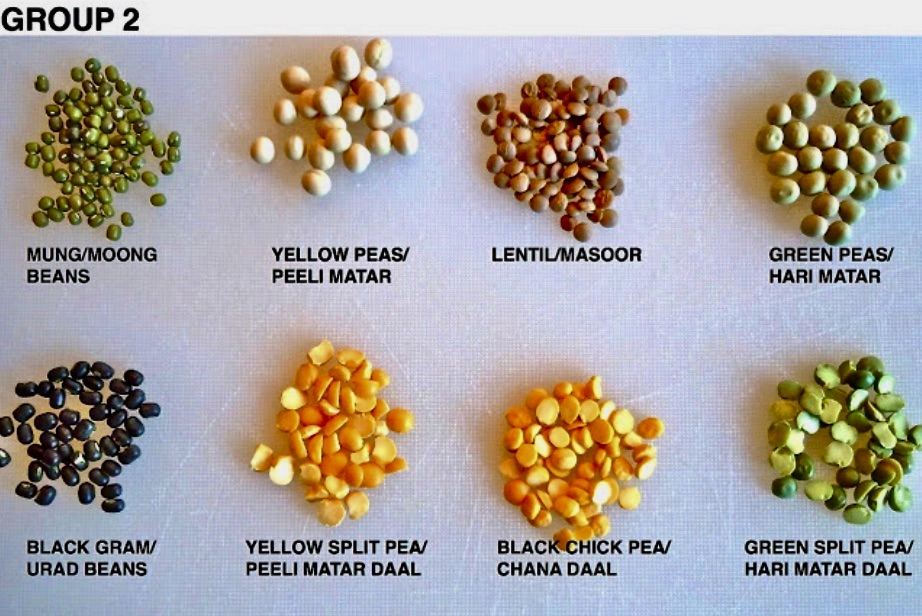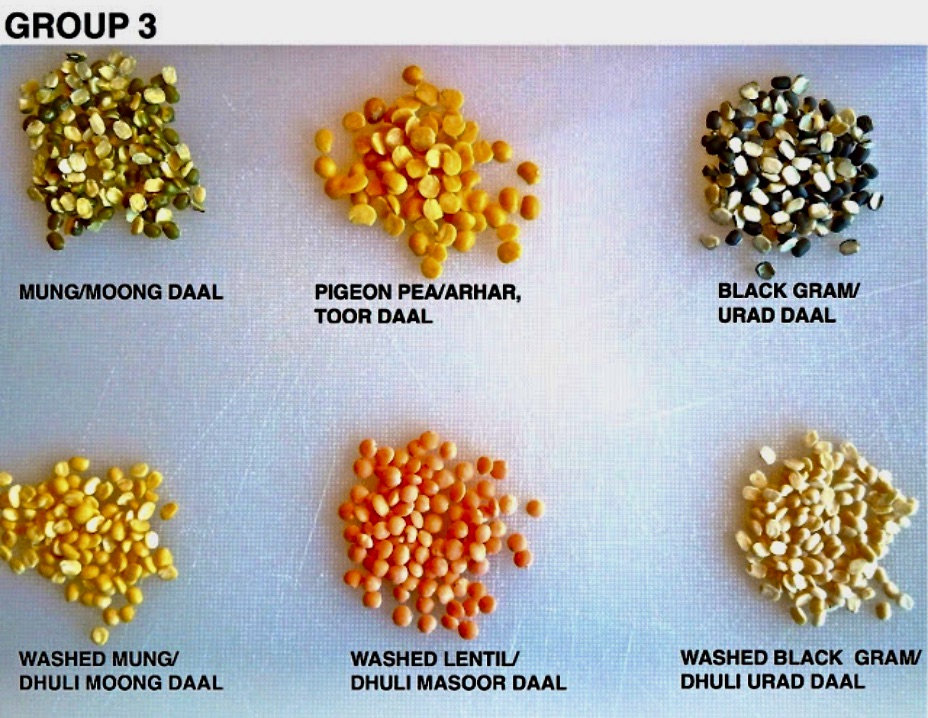Daal originates from the Sanskrit word “dal,” meaning to split. It refers to whole beans or legumes that have been split in half. When cooked, this soup-like dish is a fantastic source of protein, complex carbohydrates, essential amino acids, and dietary fiber. Also known as lentils or pulses, daal can be prepared with or without the skin. It is a staple in Indian cuisine, serving as a main dish, side dish, or paired with rice or roti.
Daal is incredibly versatile—soaked and ground daal and daal flours are used to create dishes like koftas, pakoras, dosas, and desserts. While cooking daal and dried beans at home takes longer than canned versions, the flavor and texture are significantly better. For example, the texture of home-cooked garbanzo beans is far superior to canned ones and is more cost-effective! Soaking daals and beans overnight reduces cooking time and aids digestion by allowing you to discard the soaking water.
A pressure cooker can save time and energy, while slow cookers or ovens are also great for preparing beans. I typically cook more than the recipe requires, using the extra beans in other dishes or freezing them for later. Dried beans can be stored in an airtight jar for over a year. Additionally, whole beans can be sprouted to boost their nutritional value and improve digestion. After soaking the beans, I use a sprouter available at Indian stores.

Sprouted Lentil, Black Chana, and Moong
Over 50 types of beans and daals exist, but I’ve chosen 20 of the most popular to highlight. I’ve divided them into three groups based on cooking time and common seasonings. Most daal recipes are simple, often seasoned with salt, turmeric, and sometimes asafoetida (hing). Occasionally, “chhaunk,” “tadka,” or “tempering” is added just before serving, involving whole spices, onion, garlic, tomato, and/or ginger fried in ghee (clarified butter) or oil. A small amount of ghee added before serving can greatly enhance the flavor.
Group 1 Includes most varieties of whole beans, such as chickpeas, kidney beans, adzuki beans, soybeans, and black-eyed peas.

HOW TO COOK DRIED WHOLE BEANS
Cooking dried beans requires some planning. Soaking the beans overnight helps them cook faster, absorb water evenly, and develop a creamier texture. A quick soak in boiling water for one to two hours can also work. The boiling water soak is particularly effective for reducing gas-producing sugars, making the beans easier to digest.
Adding salt to the soaking water tenderizes the skin and prevents the beans from bursting during cooking. Using filtered water, especially if tap water is hard, keeps the beans soft and creamy. Be sure to add salt during cooking, especially when using hard water.
A pinch of baking soda can be added during cooking to soften the beans by maintaining the right pH. Baking soda also helps preserve the beans’ color. However, adding acidic ingredients like tomatoes, tamarind, vinegar, or lemon juice will prolong cooking time, so it’s best to add them during the last 10 minutes. Adding some oil or ghee to the pot prevents bubbles from forming on the surface.
The following recipe can be doubled or tripled depending on the size of your pot. Once the boiling point is reached, the cooking time remains the same. Since beans double in volume when cooked, choose your pot accordingly. I usually cook 3 cups at a time, which is ideal for a 6-quart pressure cooker or Dutch oven, giving me enough for multiple recipes. Leftovers freeze well, too.
Preparation:
- Rinse and soak the beans at room temperature overnight or for at least 8 hours in water and salt. If you are short on time, cover the beans with boiling water, add salt, and soak for one to two hours.
- Drain the beans, rinse them, and place them in a cooking pot with water, salt, baking soda, and oil. You can cook them in the oven, on the stovetop in a covered pot, in a pressure cooker, or a slow cooker. I find using a pressure cooker to be the easiest method.
Cooking Times for Soaked Beans:
- Pressure Cooker: 6-7 minutes after pressure builds up. Reduce heat to low after reaching pressure.
- Oven: 35-40 minutes at 325°F (depending on water hardness). Adding boiling water to the pot before placing it in the oven saves about 5 minutes.
- Stovetop: 30-40 minutes (depending on water hardness) after the water boils. Reduce heat to a simmer and cover the pot.
- Slow Cooker: Follow the manufacturer’s instructions, but typically 8 hours on low or 4 hours on high.
All the beans in this group can be cooked using my Chana Masala or Rajma Masala recipes. Because they are whole beans, they take longer to cook. However, if soaked overnight or for 4-5 hours at room temperature, they will cook for 30-40 minutes after boiling. In a pressure cooker, soaked beans will cook in less than 7-8 minutes, while dried beans will take 25-30 minutes. These beans are typically seasoned more heavily than other Daals, as they are often served as main dishes and on special occasions.
Group 2 Includes Whole Moong, Urad, Yellow and Green Peas, Lentils, and both split Peas and split Chana.

All Daals in this group can be cooked using my Lentil or Masoor Daal recipe. Since these Daals have a strong flavor, I use less seasoning and whole spices that can be taken out before serving. Adding a vegetable to the daal is common, such as in the Chana Daal with Squash recipe.
Group 3, also the most commonly cooked, includes the following Daals: Split Moong and Urad with and without skin, Lentil without skin, and Arhar or Toor Daal.

All Daals in this group can be cooked using my Arhar or Toor Daal recipe. These Daals are cooked daily, sometimes for lunch and dinner. They are usually accompanied by a few vegetables and/or meat and are lightly seasoned.
Daals in this group take the least time to cook since they are split.
Copyright © Rashmi Rustagi 2012. All Rights Reserved.
